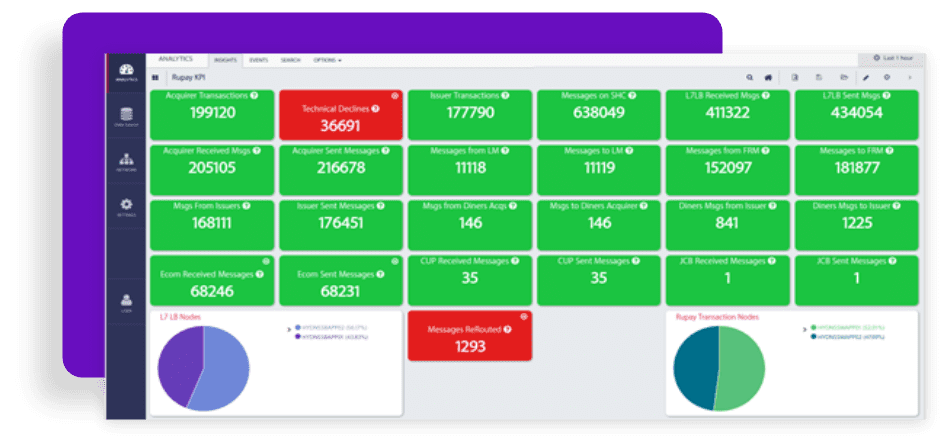
Our built-in ML model provides automated data insights through statistical rules, Machine Learning and Natural Language Processing. Actionable insights and recommendations that provide descriptive visibility into logs are displayed on the dashboard without having the user navigate through TBs of data.
Our built-in ML model computes KPIs such as: Operations Performance Index (OPI) that indicates the robustness of current operations, with a score between 0-10. It can be applied to metrics derived from application and infrastructure components and counts of log events.
User Experience Index (UEI) that indicates the end user experience of business services, with a score between 0-10. This indicates how good or bad the customer’s experience is. For e.g. it can indicate the measure of user experience for services provided by corresponding service logs and understand the quality of service provided by API services.
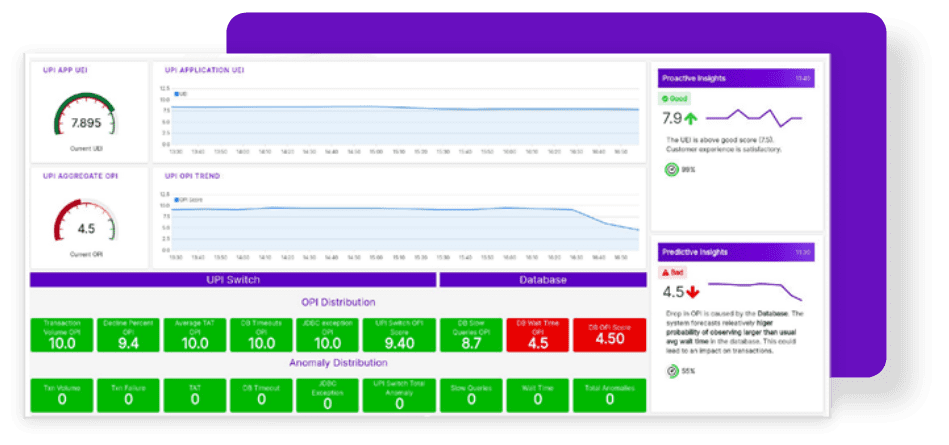
Our built-in ML model detects anomalous behaviour for log patterns and variations considering seasonality, past trends, user feedback, inter-metric correlations that identify anomalous points in real-time, eliminating the need to configure static rule-based alerts.
The platform performs auto-baselining of patterns for detecting abnormal conditions. Anomaly detection can be used to detect abnormal conditions in number log events per log type, number of error log entries for a specific type, TAT-based micro transactions such as session time, down time, etc.
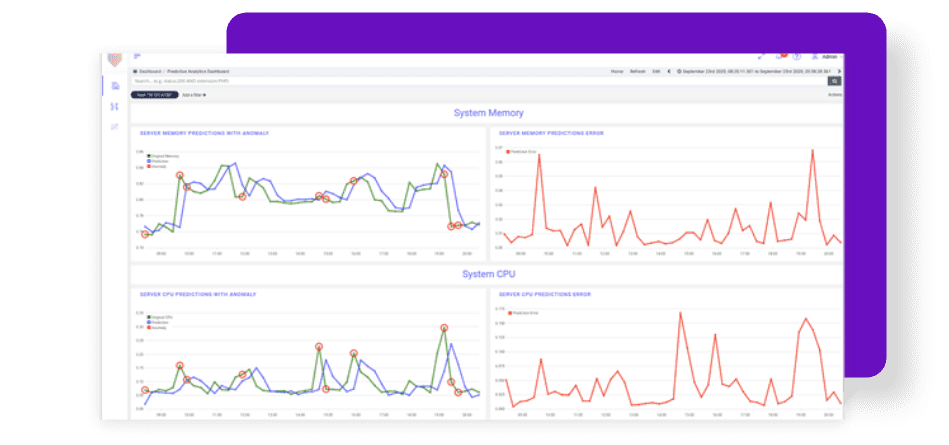
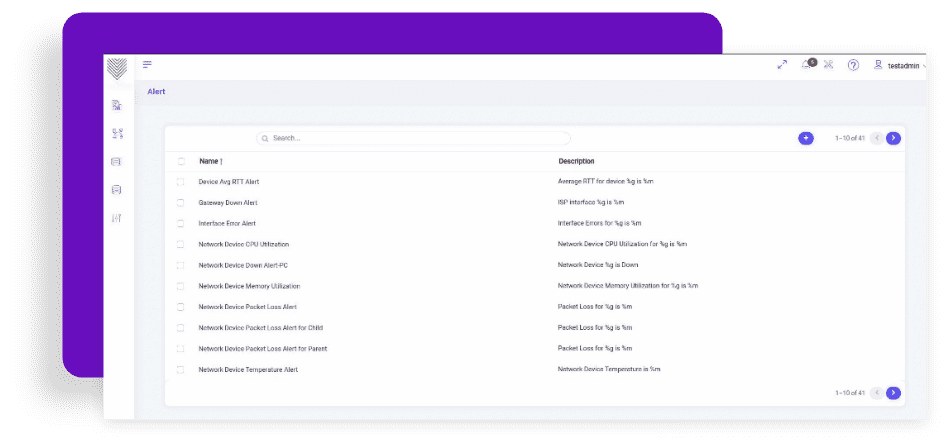
The platform provides real-time contextual and correlated alerts with slice & dice and granular data. Get contextual data from usage patterns, uptime, downtime, and many more metrics across multiple dimensions such as business/peak hours, time, geo, business impact, etc. It also provides static and dynamic alerts with thresholds that support alert suppression, deduplication, unified KPI views, etc.
The platform allows you to aggregate, normalise, correlate and analyse event log data from a myriad of devices. It supports temporal and topology correlation along with alert suppression, alert deduplication to create high fidelity events and reduce alert fatigue.
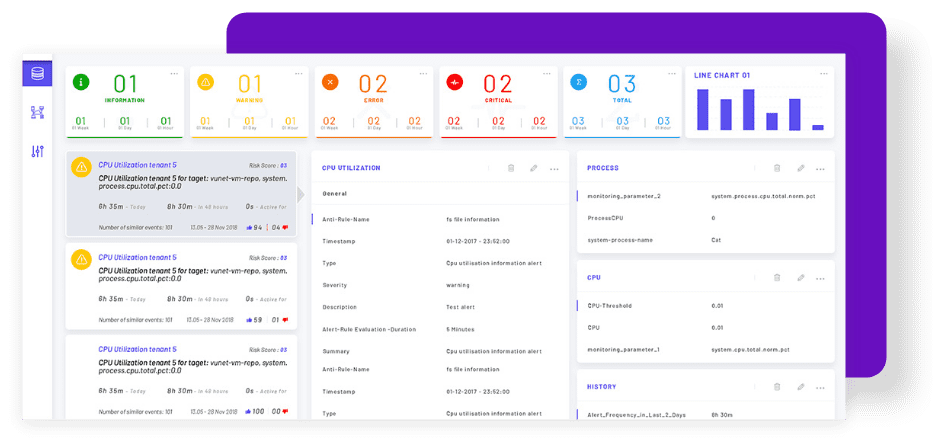
VuNet’s Business-Centric Observability platform, vuSmartMaps™ seamlessly links IT performance to business metrics and business journey performance. It empowers SRE and IT Ops teams to improve service success rates and transaction response times, while simultaneously providing business teams with critical, real-time insights. This enables faster incident detection and response.